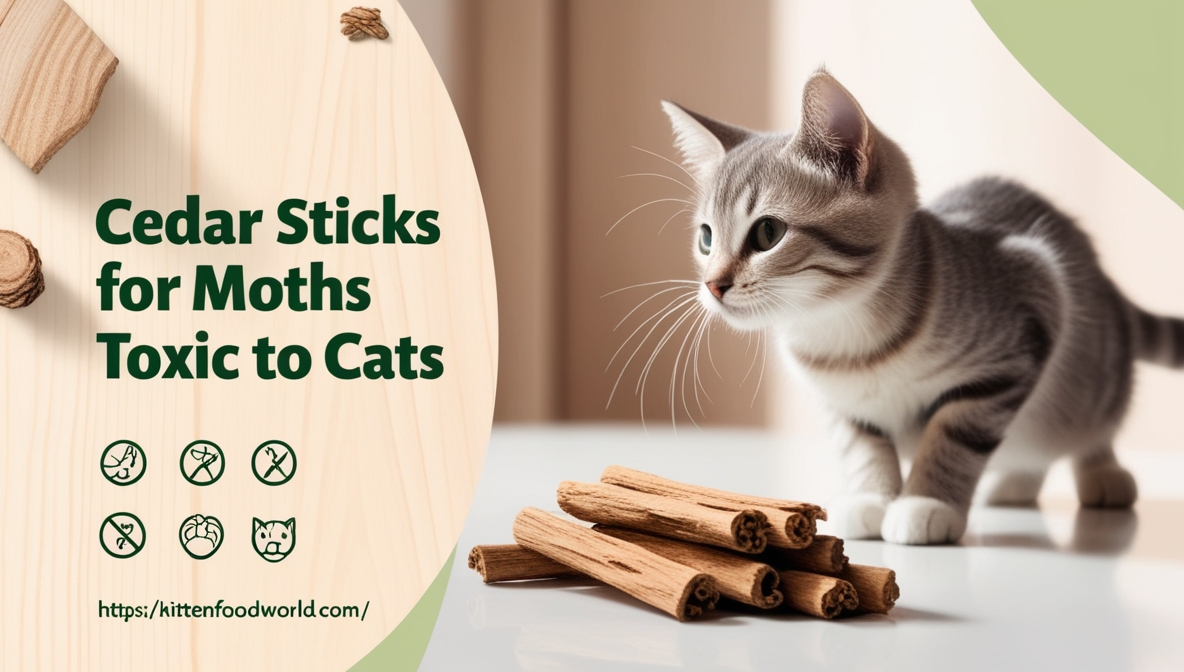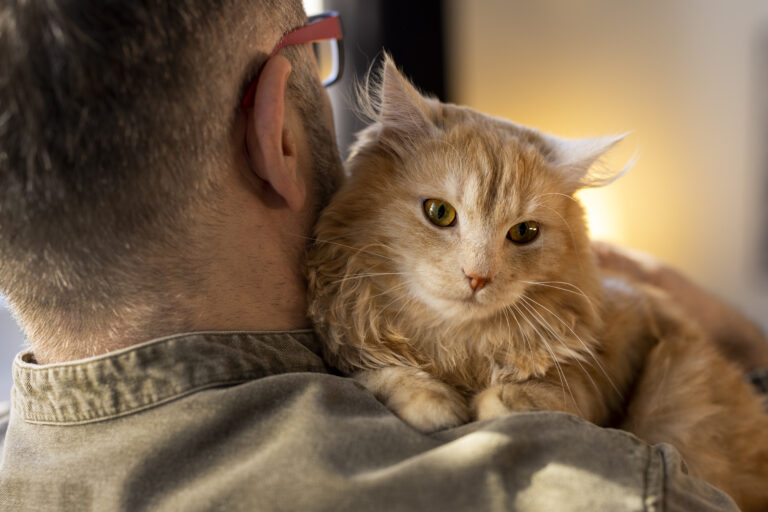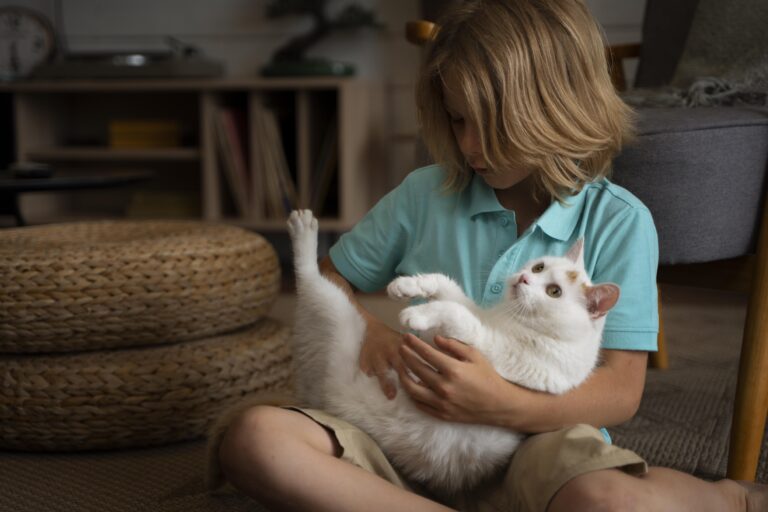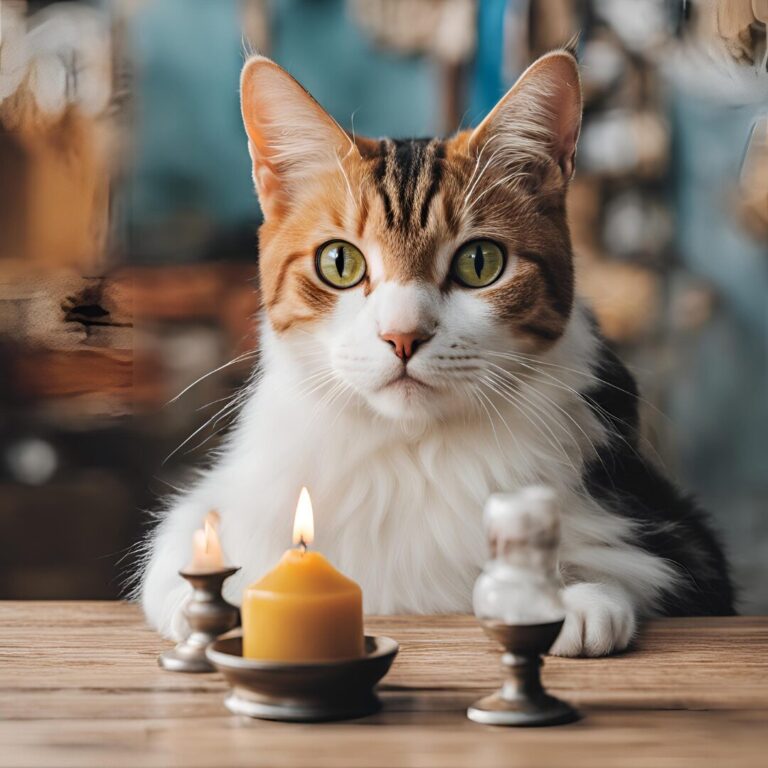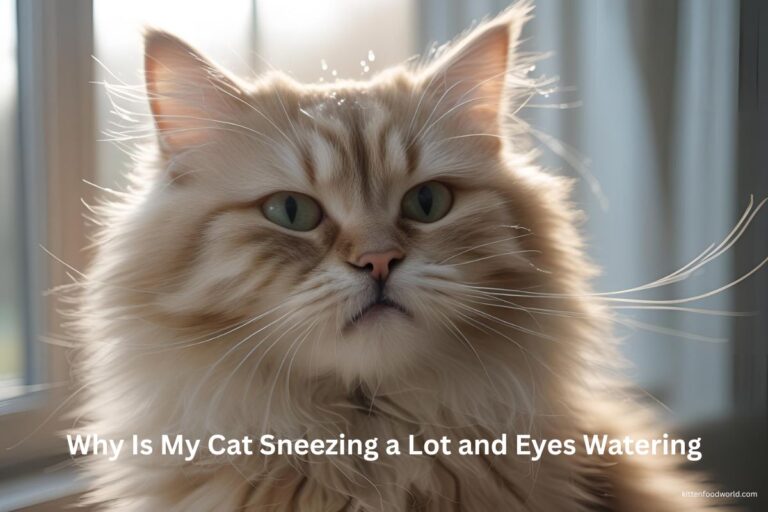Cedar Sticks for Moths Toxic to Cats: What Every Pet Owner Needs to Know
Table of Contents
Cedar has long been used as a natural solution to deter moths, thanks to its aromatic properties. However, when it comes to our furry friends, especially cats, concerns arise about its safety.
Are cedar sticks for moths toxic to cats? Let’s dive into the facts and learn how to protect your pets while keeping your home moth-free.
What Are Cedar Sticks and Why Are They Used for Moths?
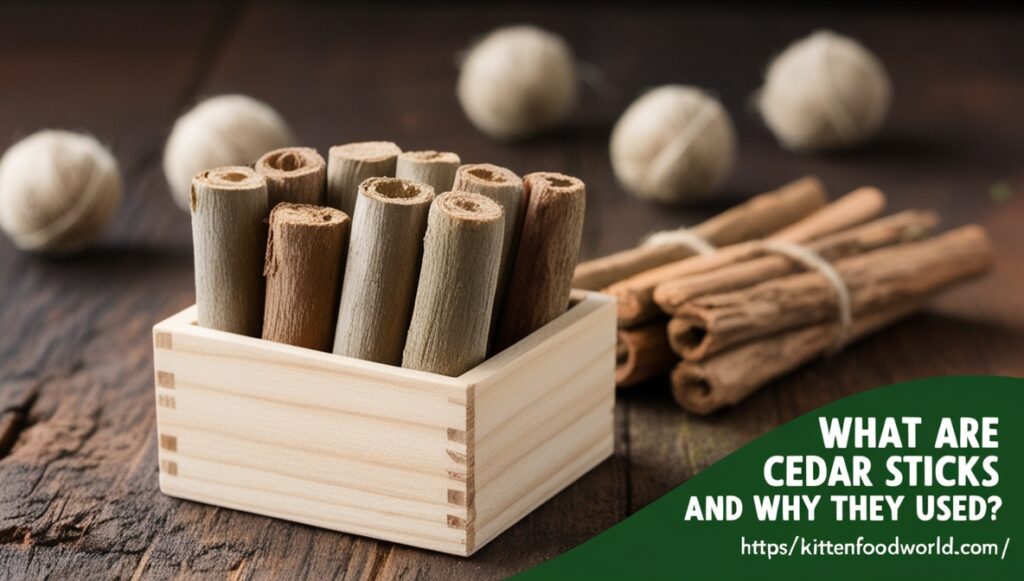
Cedar sticks are wooden blocks or strips infused with natural oils from cedarwood. These oils release a fragrance that repels moths, protecting clothes and fabrics. While effective for moth prevention, cedar sticks raise questions about their impact on pets, especially cats.
Cedar’s scent, although pleasing to humans, can be overpowering to animals. This has sparked debates, especially on platforms like Reddit, where users ask: “Are cedar sticks for moths toxic to cats?”
How Cedar Affects Cats: The Science Behind It
Cedar contains natural oils like phenols, which can be harmful to cats. Cats metabolize toxins differently, making them more sensitive to certain chemicals. Red cedar, in particular, is known for its high phenol content, which can irritate a cat’s respiratory system and skin.
Is Cedar Smell Safe for Cats?
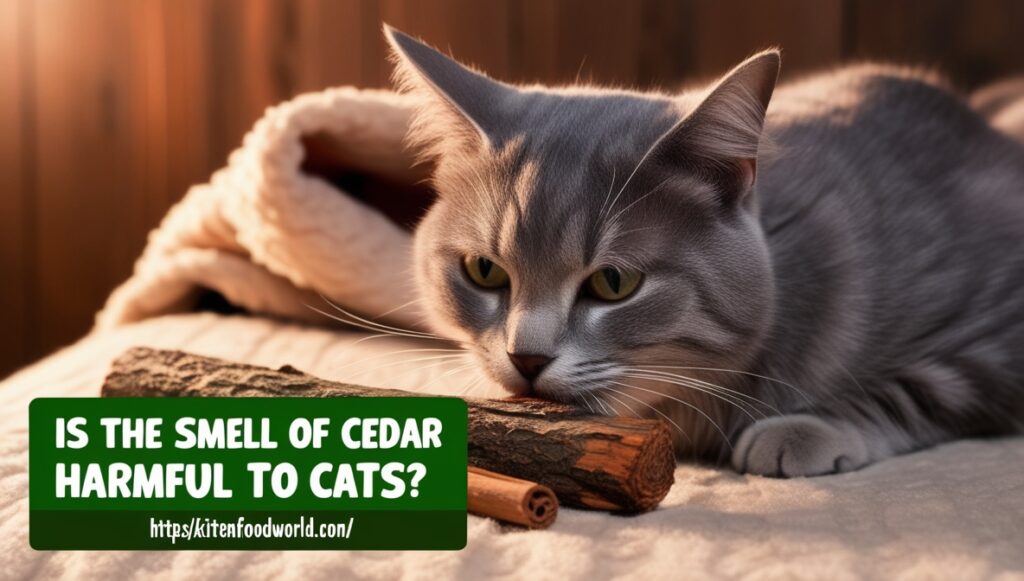
While low-intensity cedar smells might not immediately harm cats, prolonged exposure or direct contact can lead to issues like coughing, sneezing, or skin irritation. For safety, always monitor your cat’s behavior around cedar products.
Are Cedar Sticks Safe for Cats?

The safety of cedar sticks depends on the type and exposure.
- Red Cedar: High in phenols, it’s generally not safe for cats.
- White Cedar: Contains fewer harmful oils but should still be used cautiously.
If you’re using cedar blocks or sticks, keep them in areas inaccessible to your pets.
How to Use Cedar Sticks Safely

If you want to use cedar for moth prevention while keeping your cats safe, here are some tips:
- Choose Low-Phenol Options: Opt for cedar products labeled pet-safe.
- Keep Them Out of Reach: Place cedar sticks in sealed containers or high shelves.
- Ventilate the Area: Proper airflow reduces the intensity of cedar oils in the air.
These precautions can minimize risks while maintaining an effective moth barrier.
Cedar Products vs. Other Natural Moth Deterrents

While cedar is effective, there are alternatives that might be safer for cats:
- Lavender Sachets: A non-toxic, pleasant-smelling option for humans and pets.
- Clove and Cinnamon: Effective but should also be used cautiously around cats.
Explore these alternatives if you’re concerned about cedar toxicity.
Common Symptoms of Cedar Toxicity in Cats
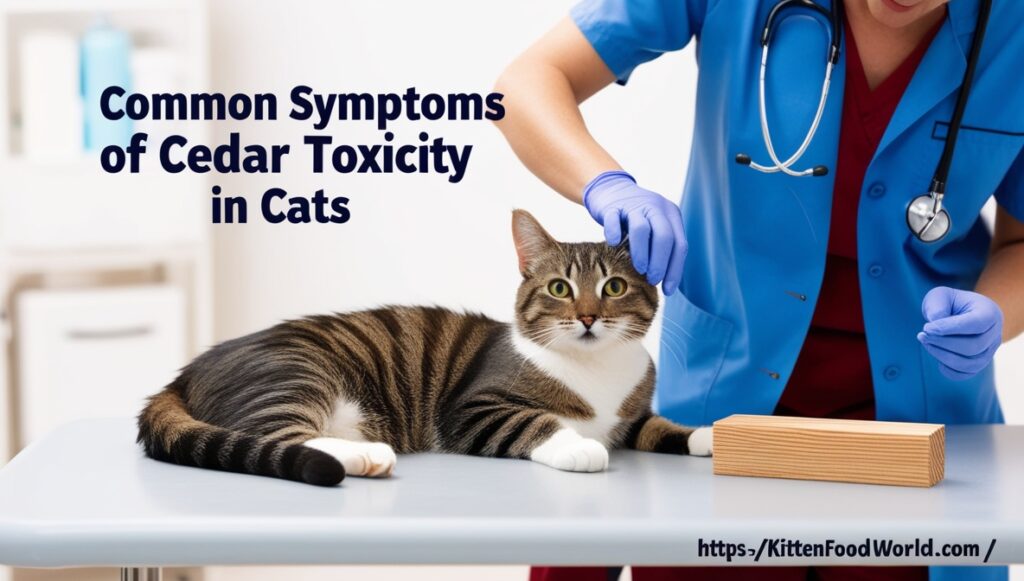
Cats exposed to toxic levels of cedar may exhibit the following symptoms:
- Excessive drooling
- Vomiting or diarrhea
- Lethargy or disorientation
- Difficulty breathing
If you notice these signs, contact your veterinarian immediately.
Cedar Sticks for Moths Toxic to Cats: Reddit Discussions

Discussions on forums like Reddit highlight a range of opinions. Some users claim cedar sticks caused no harm to their pets, while others share stories of cats developing respiratory issues. These anecdotal accounts reinforce the importance of caution.
Is Pine Toxic to Cats?

Similar to cedar, pine contains aromatic oils that can irritate cats. Pine litter, for example, is often kiln-dried to remove harmful oils, making it safer for pets. However, untreated pine products should be avoided.
Caring for Cats in Cedar-Enriched Environments

If you live in a cedar-rich area or use cedar closets, regularly vacuum and clean spaces to reduce oil buildup. Monitoring your cat’s health and behavior in such environments is crucial.
Conclusion: Are Cedar Blocks Safe Around Cats?

Cedar blocks, balls, and sticks can pose risks to cats due to their natural oils. While not all cedar products are outright dangerous, it’s best to err on the side of caution. Always prioritize your pet’s safety when choosing moth repellents.
FAQs
1. What are cedar sticks, and how are they used for moth control?
Cedar sticks are natural products made from cedarwood, often used as a natural deterrent against moths. Their strong scent repels moths and other insects, making them a popular alternative to chemical repellents in closets and storage areas.
2. Are cedar sticks toxic to cats?
Cedar sticks can be toxic to cats if ingested or inhaled in large quantities. The essential oils in cedar contain compounds like phenols, which can irritate a cat’s respiratory system or cause gastrointestinal upset if consumed.
3. How do cedar sticks affect cats?
Cedar sticks release essential oils into the air, which can cause respiratory irritation in cats, especially those with existing conditions like asthma. Chewing on or ingesting cedar can also lead to stomach upset or more severe toxic reactions.
4. Can cedar sticks cause allergic reactions in cats?
Yes, some cats may develop allergic reactions to cedar sticks, including sneezing, coughing, watery eyes, or skin irritation if they come into direct contact with the sticks.
5. Are all types of cedar toxic to cats?
Not all cedar types are equally toxic. For example, Eastern red cedar contains high levels of essential oils and is more likely to harm cats than other cedar species like Western red cedar, which is less aromatic and considered safer.
6. What are the symptoms of cedar toxicity in cats?
Symptoms include drooling, vomiting, diarrhea, lethargy, difficulty breathing, sneezing, coughing, or skin irritation. In severe cases, cats may exhibit tremors or seizures.
7. Can cedar sticks harm a cat through inhalation?
Yes, prolonged exposure to cedar’s aromatic oils through inhalation can irritate a cat’s respiratory system, particularly in small, poorly ventilated spaces.
8. Are cedar shavings or chips as harmful as cedar sticks for cats?
Cedar shavings or chips can also be harmful due to their essential oil content. If used in bedding or areas where cats spend significant time, they may cause irritation or toxicity.
9. How can I protect my cat if I use cedar sticks at home?
Place cedar sticks in areas that are inaccessible to your cat, such as sealed containers, high shelves, or closets with doors. Monitor your cat for any signs of distress if cedar is present.
10. Is there a safe way to use cedar sticks around cats?
Using cedar sticks in well-ventilated areas and keeping them out of your cat’s reach can reduce risks. Avoid placing cedar directly in spaces where your cat frequently spends time.
11. Can essential oils from cedar sticks harm cats?
Yes, cedarwood essential oils contain compounds that can be toxic to cats if inhaled or absorbed through the skin. Cats are especially sensitive to essential oils due to their liver’s inability to process certain compounds effectively.
12. What should I do if my cat chews on a cedar stick?
If your cat chews on a cedar stick, remove it immediately and monitor for signs of toxicity, such as drooling, vomiting, or lethargy. Contact your veterinarian if symptoms occur.
13. Are there alternatives to cedar sticks for moth control that are safe for cats?
Yes, you can use cat-safe moth repellents like lavender sachets, airtight storage bags, or cedar-free natural moth repellents. Always ensure alternatives are non-toxic and safe for pets.
14. How long does it take for a cat to show symptoms of cedar toxicity?
Symptoms of cedar toxicity can appear within a few hours of exposure or ingestion. The severity and timing depend on the amount of exposure and the cat’s sensitivity.
15. Can cedar sticks cause long-term health issues in cats?
Prolonged exposure to cedar sticks can lead to chronic respiratory issues, particularly in cats with pre-existing conditions. Severe toxicity may cause liver damage or neurological symptoms in rare cases.
16. Are cedar-scented products safer for cats than cedar sticks?
Cedar-scented products, such as sprays or sachets, may still contain essential oils that can harm cats. Always check for cat-safe labels and avoid products with essential oils.
17. How can I tell if a cedar product is safe for cats?
Look for products specifically labeled as pet-safe or natural cedar products without added essential oils. Always consult your veterinarian if you’re unsure about a product’s safety.
18. Can kittens be more affected by cedar sticks than adult cats?
Yes, kittens are more susceptible to toxins due to their smaller size, developing immune systems, and increased curiosity, which may lead them to chew or play with cedar sticks.
19. What should I tell my vet if my cat is exposed to cedar?
Inform your vet about the type of cedar product, the amount your cat was exposed to, and any symptoms observed. Provide the product label if possible for better diagnosis.
20. Should I avoid cedar products altogether if I have a cat?
It’s best to avoid cedar products entirely if you have a cat, especially in areas they frequent. Opt for safer, non-toxic alternatives to protect your pet’s health.

